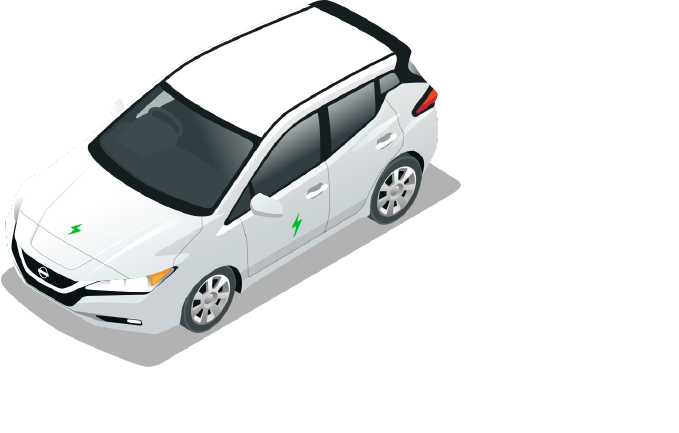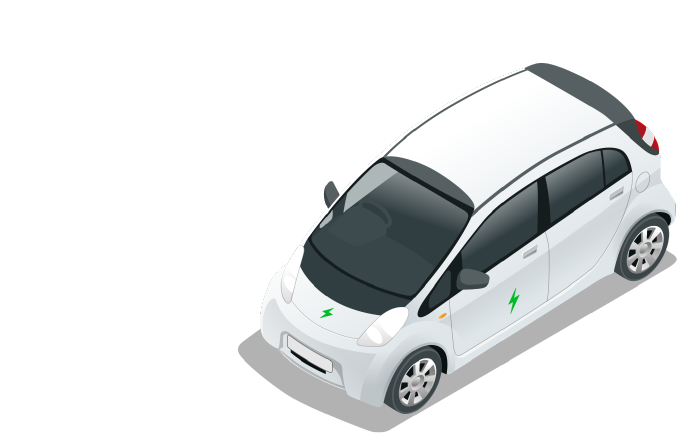About EV
Electric vehicles (EVs) deliver better performance, save money and reduce direct emissions which helps improve air quality in the city. Being a small city with relatively short travel range, Macau would be a good fit for EV implementation.
What is Electric Vehicle?
An electric vehicle (EV) is powered by an electric motor for propulsion instead of a gasoline engine. Unlike a gasoline vehicle, which requires internal combustion engine to get power from gasoline in a gas tank for propulsion, an electric motor gains energy from a controller, which based on the driver's use of an accelerator pedal to manage the amount of power. An EV uses rechargeable batteries to store and supply energy.



















Types of EVs
Various brands and models of EVs in the market cater different driving needs. In fact, there are three main types of EVs: Hybrid Electric Vehicles (HEV), Plug-in Hybrid Electric Vehicles (PHEV), and Battery Electric Vehicles (BEV).


1) Hybrid Electric Vehicle (HEV)
A HEV is propelled by both gasoline and electricity. HEVs cannot be recharged by plugging into an electricity source. To recharge the battery, electricity is transferred from the energy generated through HEV’s own braking system, this is known as ‘regenerative braking’. HEVs use the electric motor to start and shut off the vehicle, the gasoline engine cuts in later on as load or speed rises. The electric motor and gasoline engine are controlled by an internal computer to achieve the best economy for driving conditions.
2) Plug-in Hybrid Electric Vehicle (PHEV)
A PHEV utilizes both gasoline and electricity to propel the vehicle. PHEVs can be recharged through both regenerative braking and plugging into an electricity source.
3) Battery Electric Vehicle (BEV)
A BEV is fully electric vehicle, meaning they are only powered by electricity that is stored in a battery and used by an electric motor. BEVs are also known as ‘plug-in’ EVs as they are recharged by plugging into an electricity source.











